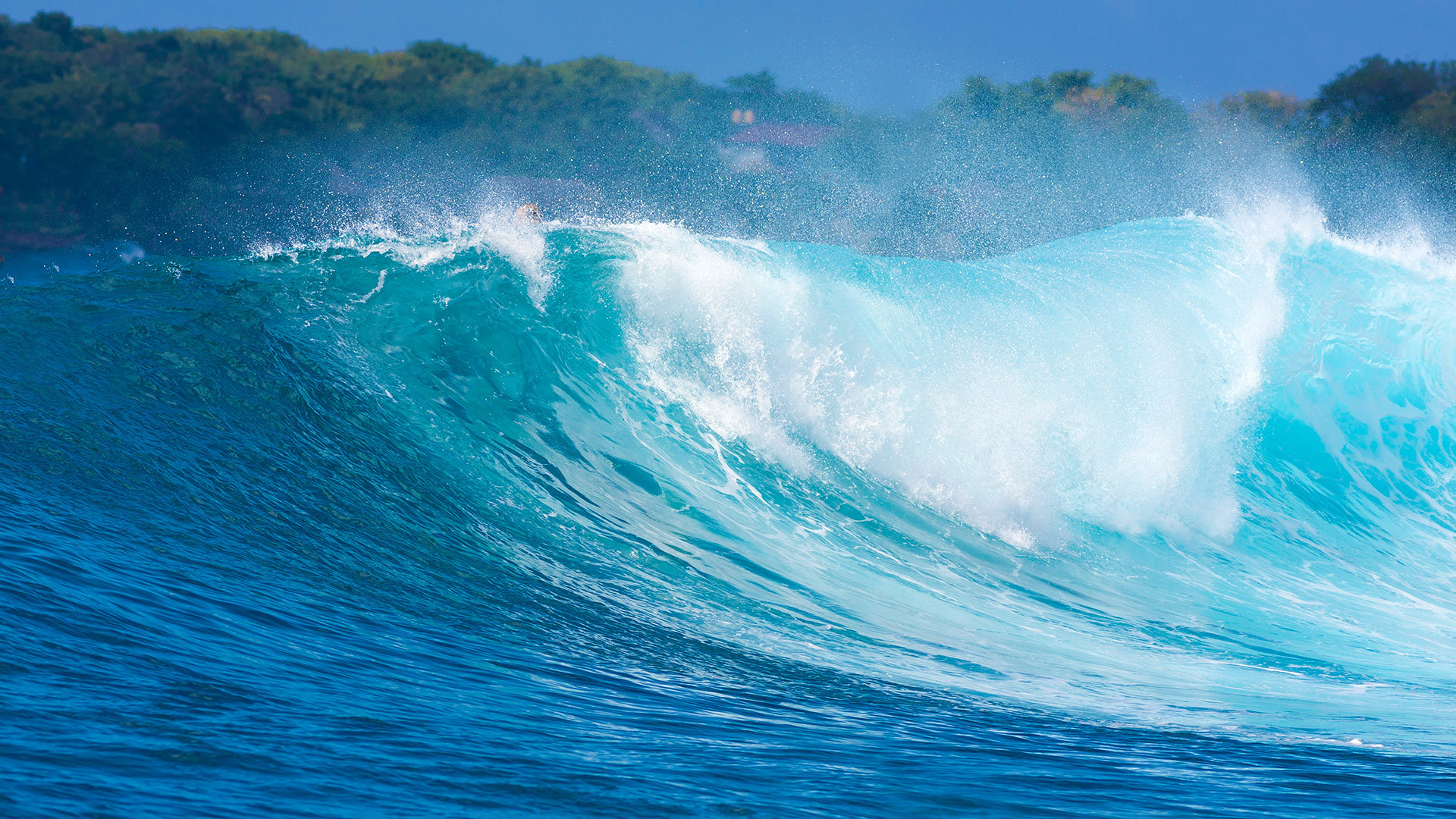Which is to Blame for the Decline in Performance of RO Membranes?
It is not easy to maintain high efficiency and stability during the operation of RO membranes. The external environment generally has many impacts on the performance of RO membranes. These five influencing factors must be constantly monitored:
1. The "increase and decrease" of the feedwater pressure
Pressure is the booster for water molecules. When the pressure increases, the driving force for water passing through the membrane is enhanced, so does the water production. In addition, as the rate of water passing through the membrane is higher than that of water passing through the salt, the increase in water production will dilute the salt content in the produced water, ultimately leading to an increase in the desalination rate. However, pressurization should be moderate. Once a certain pressure value is exceeded, concentration polarization will occur on both sides of the membrane, offsetting the dilution effect, and remaining the desalination rate unchanged.
2. The "cold and hot" of the feedwater temperature
As the season transits, temperature poses a challenge to the operation of the membrane system. Temperature directly affects the operating pressure of the system (selection of high-pressure pumps), number of membrane elements, quality of the produced water, and the solubility of various crystals that may be precipitated.
As the water temperature increases, the viscosity of water molecules passing through the membrane decreases. The diffusion ability increases, so will the water flux. Generally, the water production of the RO system decreases by about 10%; whenever the temperature is decreased 3°C; the feed pump pressure needs to increase by about 15% whenever the temperature is decreased 5°C. In addition, as the feedwater temperature increases, the rate of salt passing through the membrane also accelerates, thereby causing a decrease in the desalination rate.
3. The "concentration and dilution" of the salt content
Osmotic pressure is the start to explore how salt content affects the performance of RO membranes. When the concentration of aqueous solutions on both sides of the RO membrane is different, the minimum pressure applied on the high concentration side is called osmotic pressure, preventing water molecules from permeating from the low concentration side to the high concentration side.
As the salt concentration increases, so will the osmotic pressure. Therefore, the driving pressure of the feedwater is closely related to the salt content in the water. Under constant pressure, the higher the salt content, the lower the water flux, the greater the concentration difference on both sides of the membrane, the higher the salt passage rate, and the lower the desalination rate.
4. "High and low" of recovery rate
The recovery rate is the ratio of the produced water to the feedwater. When the feedwater pressure is constant, residual salt content in the raw water will be higher by increasing the recovery rate. Therefore, the natural osmotic pressure is continuously increased until it equals the applied pressure, wherein the driving effect of the feedwater pressure is counteracted, and water flux is reduced or even stopped ultimately. This also increases the possibility of salts such as calcium carbonate and calcium sulfate precipitating on the membrane surface. It easily causes scaling and leads to a decrease in the desalination rate.
5. "Acid and alkaline" of pH value
The pH value of raw water reflects its acidity or alkalinity. The pH value has little effect on the produced water, but affects the desalination rate of the system. As hydrogen ions have small hydrated radius, they easily permeate through the RO membrane. The desalination rate is lower when the pH is low. The optimal pH range for RO is 6-8. Additionally, it is an effective means of controlling precipitation of the calcium carbonate by lowering the feedwater pH.
The pH value also affects the cleaning effectiveness. However, VONTRON PURO-I membrane elements have increased its cross-linking strength of the polyamide desalination layer, and enjoy a wider range of acid and alkaline cleaning tolerance and good cleaning recovery effects.



